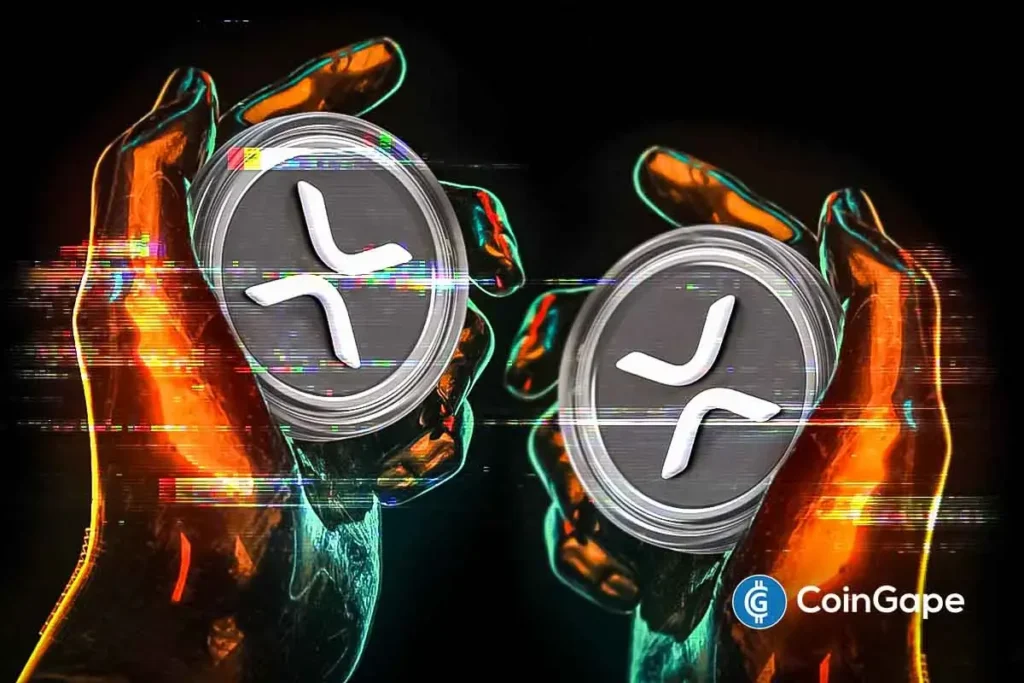Debunking the XRP Escrow Dump Theory: Insights from Lawyer Bill Morgan
The debate surrounding Ripple’s XRP escrow mechanism continues to stir controversy, mainly due to criticisms suggesting that the company intentionally depresses the token’s price. Recently, lawyer Bill Morgan has emerged as a prominent voice countering these allegations, revealing insights into Ripple’s token management strategy and how these practices support the XRP ecosystem.
Ripple’s Token Management Strategy
Bill Morgan, an attorney with deep knowledge of XRP and the cryptocurrency market, argues that Ripple’s escrow management is not designed to harm the XRP price but to enhance it. His key point is supported by the U.S. Securities and Exchange Commission (SEC), which has acknowledged that the escrow was created to stabilize, not deflate, the price of XRP. Morgan’s assertion highlights a critical narrative: that Ripple’s intent is aligned with market sustainability, countering claims that it prefers to manipulate the market to its disadvantage.
Recent Scrutiny amid Price Surge
Despite a significant rise in XRP’s value, critics continue to question the company’s monthly escrow releases, claiming they are exploitative mechanisms contributing to price dumps. In February 2025, Morgan rebuffed this concept by stating that the quantity of XRP being released each month represents a minute fraction of everyday trading volume. He emphasized that as total XRP supply increases, the percentage held in escrow diminishes, effectively neutralizing any potential negative price impact from these releases.
Discrediting the Escrow Dump Theory
Morgan underscores that the escrow dump theory is fundamentally flawed. The notable rise in the XRP price from $0.50 to over $3.00, coinciding with ongoing escrow releases, challenges the validity of claims linking these releases to price decreases. By presenting data and trends, Morgan concludes that other market factors are far more likely to influence XRP’s price trends, thereby rendering the escrow theory increasingly irrelevant.
Addressing Government Concerns
In addition to debunking the escrow dump theory, Morgan has also responded to speculation about the U.S. government’s potential plans to seize XRP escrow for national reserves, firmly denying such possibilities. This reinforces the notion that Ripple’s operations and intentions are grounded in regulatory compliance and market support rather than speculation and market manipulation.
Understanding Ripple’s Escrow
Ripple introduced its escrow system back in 2017 to optimize market stability and prevent an overabundance of XRP tokens in circulation. By locking up 55 billion XRP and releasing 1 billion each month, Ripple aims to strike a balance between liquidity and price stability. The strategic management of tokens allows only a fraction—generally between 200-350 million—to be used for day-to-day operational necessities, with any unused tokens returned to escrow to reduce selling pressure.
Conclusion: The Path Forward for XRP
As the discourse around Ripple’s escrow strategy continues, it’s essential to consider the facts presented by experts like Bill Morgan. His insights shed light on the crypto landscape’s complexities, emphasizing that Ripple’s initiative should be viewed as a constructive effort aimed at promoting stability rather than market manipulation. Therefore, understanding the unique mechanics of Ripple’s approach to escrow is vital for investors and observers navigating the evolving world of cryptocurrencies.


